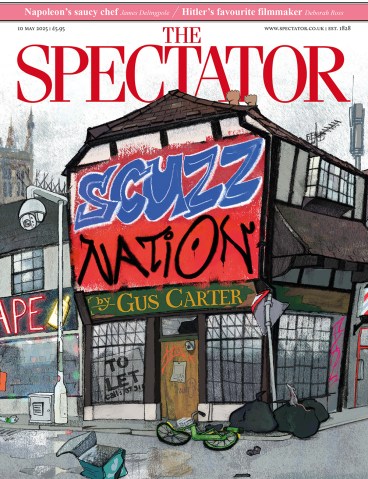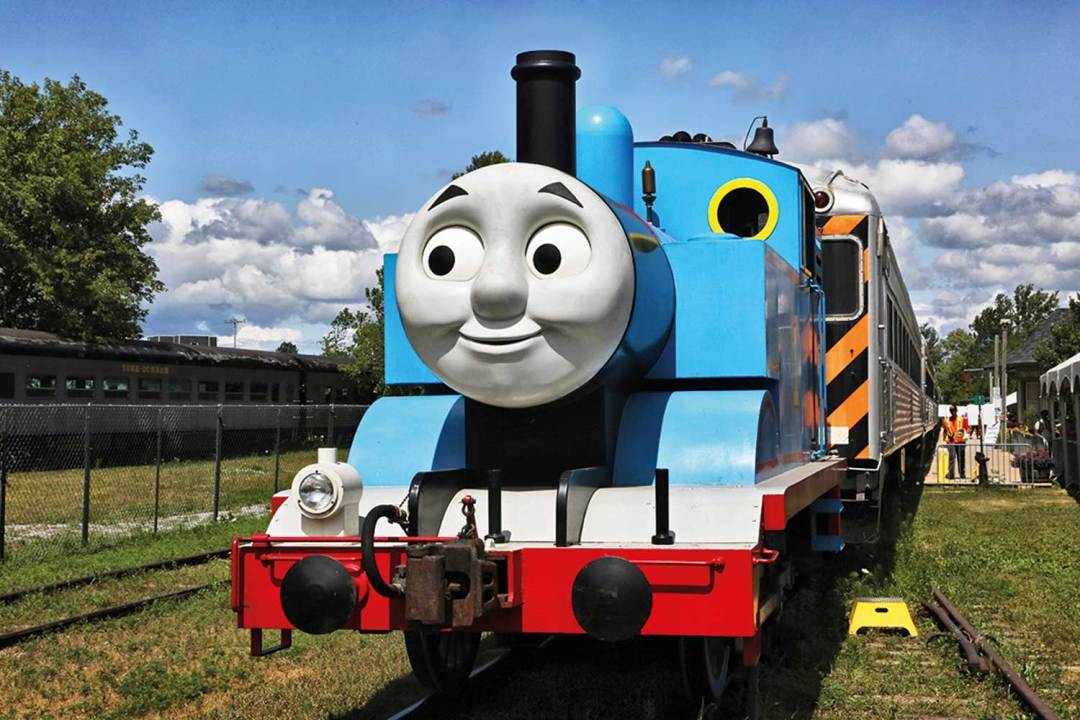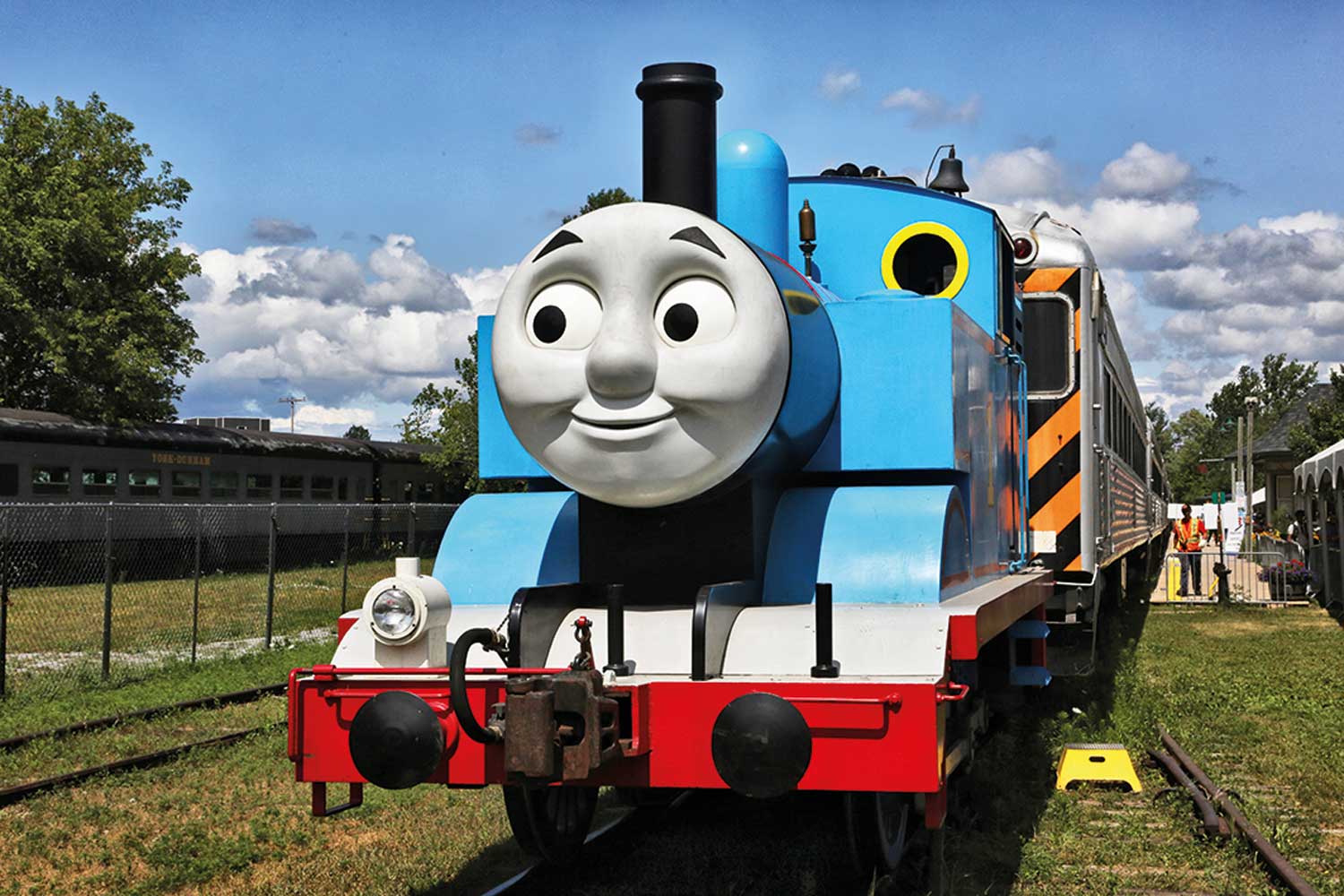
William Atkinson has narrated this article for you to listen to.
Ringo Starr is mostly known as the second or third best drummer in the Beatles. But for me – as for many children of the past four decades – he will forever be the voice of Thomas the Tank Engine.
This week marks 80 years since the publication of The Three Railway Engines, the first book in the Revd Wilbert Awdry’s Railway Series. The series is based on stories Awdry told to cheer up his son Christopher, who was recovering from measles. More than 40 books followed, alongside the television programme, films, theme parks and toys. Together, the franchise has been valued at more than £1.2 billion.
Despite its success, Awdry’s world has been condemned as authoritarian and reactionary. In 2009, a University of Alberta professor accused Thomas of pushing ‘a conservative ideology’ and relegating ‘female characters to the back of the train’. Others have called him ‘sinister’, ‘repressive’ and ‘imperialist’. A shadow transport minister once blamed the books for a lack of female train drivers, calling it a ‘national scandal’.
While these are rather silly comments, there is something conservative about Thomas. The engines puff around in constant competition and failure to follow the rules results in misfortune, derailment or punishment by the Fat Controller. In the first book, the engine Henry is bricked up in a tunnel for refusing to work because he is worried about damaging his paint job. Henry earns his freedom by helping another engine that breaks down, learning his lesson and once again becoming a Really Useful Engine. Order with a chance of redemption – just as one would hope for from a book written by a vicar.
The English have a particular affection for railways and Awdry captures the romance of train travel as poetically as ‘The Whitsun Weddings’ or the paintings of Eric Ravilious. Thomas exists in a pre-Beeching world – the green and pleasant land of Sodor, punctuated by the ‘puff, puff’ and ‘toot, toot’ of trains that were already dated by the books’ publication. Awdry was writing at the same time as J.R.R. Tolkien, and both share an unmistakable disdain for the brave new world of postwar Britain. The announcement of rail nationalisation in the third book comes with a twinge of regret.
Travelling to work on the Tube today is as far from Thomas as one can get: tatty seats on dirty trains populated by oddballs, rubbish everywhere and tourists unable to grasp standing on the right-hand side of the escalator. Around 4 per cent of Underground journeys involve some form of fare evasion. Today’s dead-eyed Fat Controllers stand by as people push through the barriers.
Thomas, too, has changed for the worse. In the most recent TV adaptation, Starr’s Merseyside lilt has gone, as have the quaint stop-motion models of the original. Instead they have been replaced by CGI and an ever-expanding cast of trains with more merchandising potential. Children now have Nia ‘the colourful engine from Kenya’, Hong-Mei from China and Churubala, a female railway controller from India.
But even though some of Awdry’s original charm has been obscured, many of the traditional values still survive. This perhaps explains why Thomas the Tank Engine continues to be so popular. Children tend to have a strong sense of natural justice and a hankering for fairness and rules, much like the Fat Controller.









Comments